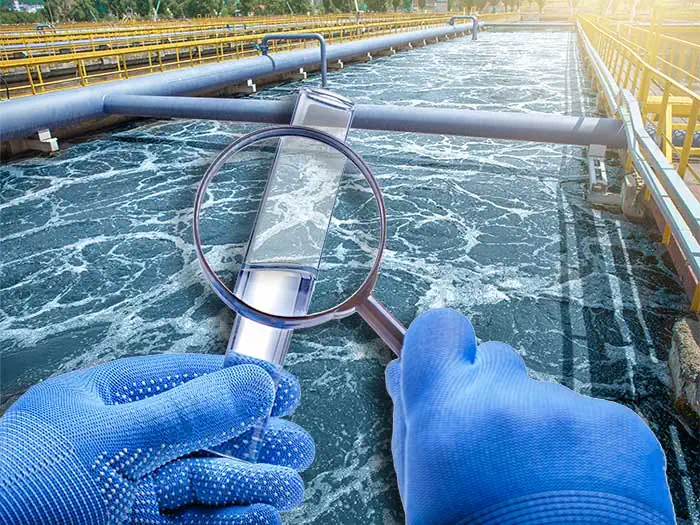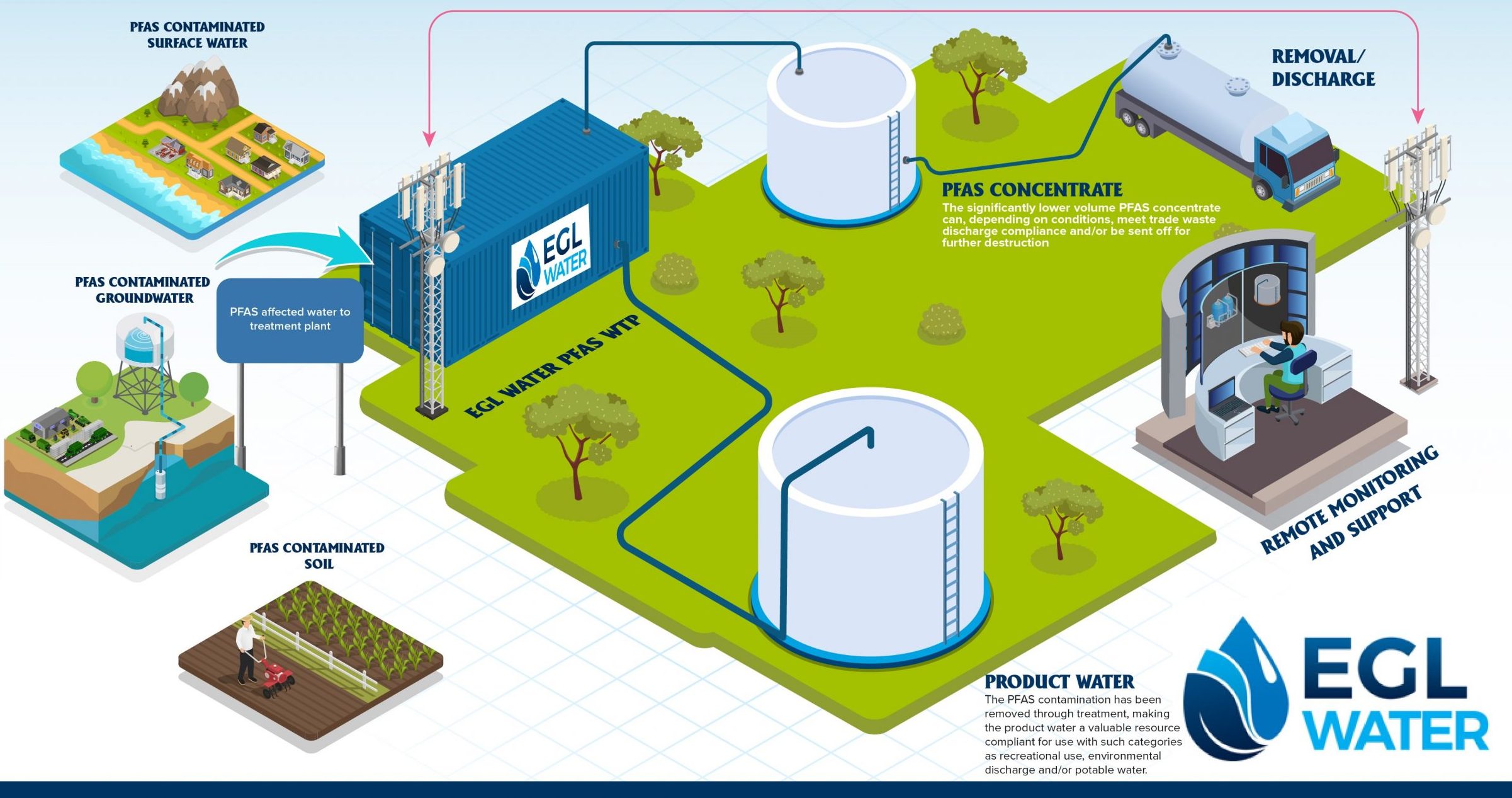Why PFAS Treatment Is Crucial for Eliminating Harmful Chemical Exposure
Ingenious PFAS Therapy Solutions for Safer Water
The boosting prevalence of PFAS contamination in water products necessitates a crucial exam of ingenious therapy services. Advanced purification innovations and unique chemical treatments existing promising methods for decreasing these consistent toxins. Additionally, emerging bioremediation methods offer an even more sustainable strategy to tackling PFAS difficulties. As governing frameworks proceed to adjust, comprehending the efficiency and scalability of these solutions ends up being vital. What implications do these improvements hold for public wellness and environmental remediation, and just how can stakeholders effectively implement them in diverse contexts?
Review of PFAS Contamination
PFAS contamination has actually emerged as a significant environmental and public health issue. Per- and polyfluoroalkyl compounds (PFAS) are a group of artificial chemicals recognized for their perseverance in the setting and body, leading them to be generally described as "for life chemicals." These substances have actually been extensively used in numerous sectors, consisting of firefighting foams, water-repellent textiles, and food product packaging, largely as a result of their water- and grease-resistant residential properties.
The prevalent use PFAS has led to their detection in soil, water supplies, and also in the blood of people and animals. Research studies have linked PFAS exposure to numerous health concerns, consisting of developmental effects in babies, body immune system disorder, and different forms of cancer cells. In addition, the ecological determination of these compounds complicates their degradation and elimination, increasing issues regarding lasting environmental influences.
Regulative bodies are progressively implementing rigorous standards to keep track of and lower PFAS degrees in drinking water and various other ecological mediums. As recognition of PFAS contamination grows, it has actually ended up being critical for neighborhoods and industries to look for effective therapy solutions to minimize exposure and safeguard public health and wellness.
Advanced Purification Technologies
As the seriousness to address PFAS contamination escalates, advanced purification innovations have actually become an essential component in the removal efforts aimed at getting rid of these consistent chemicals from water resources. These technologies utilize sophisticated systems to properly target and catch PFAS compounds, which are notoriously resistant to standard treatment approaches.
One of the most appealing strategies is making use of granular triggered carbon (GAC), which adsorbs PFAS particles because of its high area and porous structure. This method has actually been widely carried out in both municipal and industrial settings, showing substantial reductions in PFAS concentrations. Furthermore, ion exchange materials have acquired grip, especially designed to selectively bind PFAS ions from water, therefore facilitating their elimination.
Membrane layer filtering technologies, such as reverse osmosis and nanofiltration, likewise show effectiveness in PFAS elimination by literally dividing impurities from water - pfas management. These systems can attain high degrees of purity, making them suitable for alcohol consumption water applications
Chemical Treatment Advancements
Many chemical therapy technologies are being discovered to properly address PFAS contamination in water supplies. One promising approach entails the usage of innovative oxidation procedures (AOPs), which make use of effective oxidants such as ozone, hydrogen peroxide, or chlorine dioxide integrated with UV light to break down PFAS compounds into less hazardous compounds. This technique has demonstrated efficacy in laboratory setups, revealing prospective for scalability in real-world applications.
One more innovative strategy more is the growth of ion-exchange resins especially created to target PFAS. These resins can precisely adsorb PFAS compounds from water, permitting their elimination during treatment procedures. Current innovations have actually enhanced the effectiveness and capacity of these materials, making them a desirable choice for water treatment centers.
Furthermore, researchers are exploring the use of chemical agents like persulfate and ferrous ions to boost the deterioration of PFAS in contaminated water. These representatives can cause chain reaction that facilitate the failure of consistent PFAS substances.
Arising Bioremediation Strategies
Recent advancements in chemical therapy technologies have led the method for discovering bioremediation methods as a practical choice for resolving PFAS contamination. Bioremediation utilizes the all-natural metabolic processes of microbes to deteriorate or change pollutants, making it an attractive approach for dealing with relentless pollutants like PFAS.
Arising methods in bioremediation consist of using genetically engineered microbes that find more info can specifically target and break down PFAS substances. These microbial strains are being established for their boosted deterioration capabilities, enhancing the performance of the removal process. Furthermore, scientists are investigating the capacity of plant-assisted bioremediation, where specific plant varieties might uptake and withdraw PFAS from contaminated dirt and water.
One more promising strategy is the application of bioaugmentation, which involves presenting beneficial microbes into contaminated atmospheres to improve the destruction of PFAS. This method can help with quicker removal timelines and enhance total performance.

Governing Structures and Requirements
A comprehensive regulatory framework is vital for successfully taking care of PFAS contamination and making certain public wellness protection. The increasing recognition of per- and polyfluoroalkyl substances (PFAS) as environmental pollutants has prompted various federal and state agencies to develop standards that govern their existence in water supplies. The U.S. Epa (EPA) has developed wellness advisories and is pursuing setting enforceable limits for PFAS in drinking water.
State-level laws vary considerably, with some states adopting stricter guidelines than those recommended by the EPA. These policies commonly consist of maximum impurity degrees (MCLs) for certain PFAS compounds, monitoring requirements, and reporting commitments for water energies. Furthermore, emerging structures concentrate on the remediation of contaminated websites, highlighting the need for effective therapy innovations.

Final Thought
To conclude, the advancement and implementation of innovative PFAS therapy remedies are crucial for attending to the pervasive problem of water contamination. Advanced filtration technologies, chemical therapies, and emerging bioremediation techniques jointly offer a diverse approach to effectively lower and break down PFAS levels. As regulative frameworks remain to progress, integrating these modern technologies will certainly be vital to protect public wellness and bring back the integrity of infected water sources, eventually adding to a cleaner and much safer like this environment.